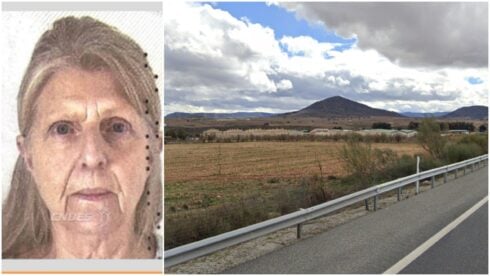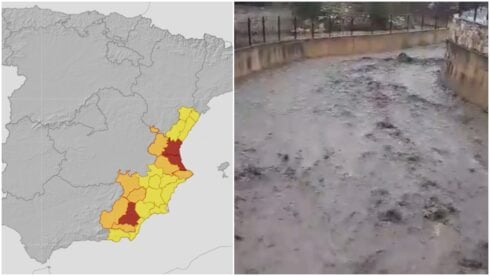MAXIMUM temperature readings in Malaga are on average 3C higher than they were 60 years ago, weather experts say.
The rate of warming in Malaga has accelerated in the last few decades, with rising maximum temperatures of 3C in 60 years.
According to weather experts from the University of Malaga, the maximum heat reached on an average day from 1960 to 1970 was 42.8C. In 2020, the average maximum readings soared to 46C.
Additionally, and just as concerning, is the rise in nighttime highs which has gone up from 29C to 30C in 60 years.
According to the ongoing study by meteorologists at the University of Malaga, from the 1960s until now, heatwaves have increased by 184.8%.
In the 1960s there were on average 1.93 heatwaves per year; Malaga province now sees an average of six heatwaves per year.
In fact, Spain saw three heatwaves in the summer of 2020, one of which lasted nine days, making it the longest heatwave recorded since 1975.
Researchers at the University of Malaga define a heatwave as a period of at least 3 consecutive days where the average maximum temperature exceeds the average maximum temperature on the same dates in the previous 30 years.
Technically, two days in a row with the thermometer above average—which has already occured on four occasions in Malaga since June—cannot be classified as a heatwave.
The rising number of heatwaves is one of the most noticeable effects of the global climate crisis and in Malaga, the increase in heatwaves also means an increase in the risk of extreme weather phenomena, such as the destructive DANA, a high-level isolated depression, which is commonly referred to as a “gota fría” (cold drop).
The reason why an increase in heatwaves increases the risk of flooding in autumn is because when coastal temperatures rise sharply during the summer, water evaporates constantly and is stored at high altitudes.
If the mercury does not drop sufficiently during the night, the vapour is not deposited in its place of origin, thus when autumn arrives, the drop in temperatures brings a high risk of torrential rains and extreme weather phenomena.
READ MORE:
- Spain’s Malaga to have ‘warmer than average’ summer this year weather expert reveals
- Spain’s Malaga cools off with brief respite from summer heat
Click here to read more Weather News from The Olive Press.








